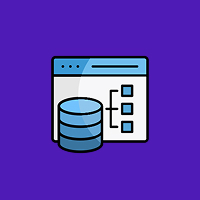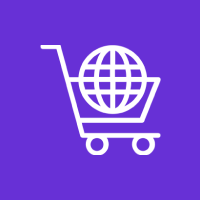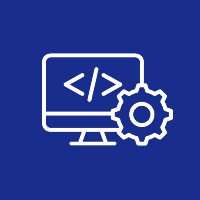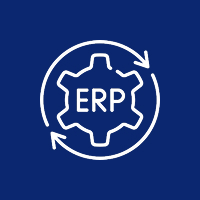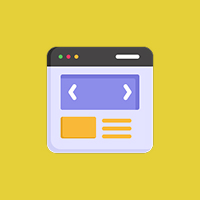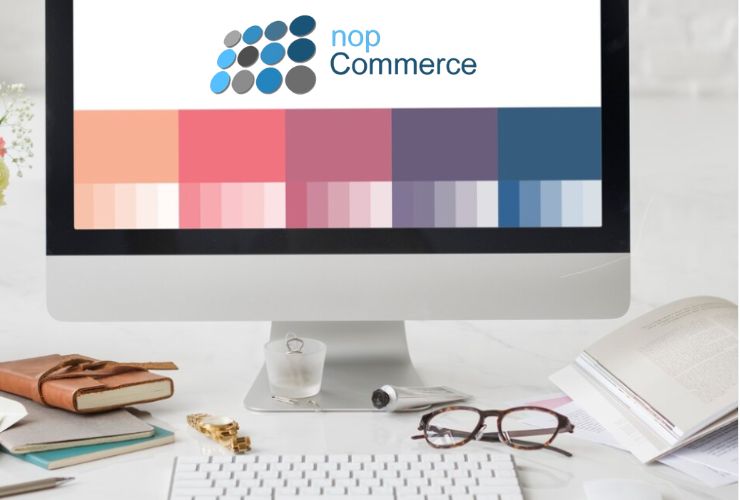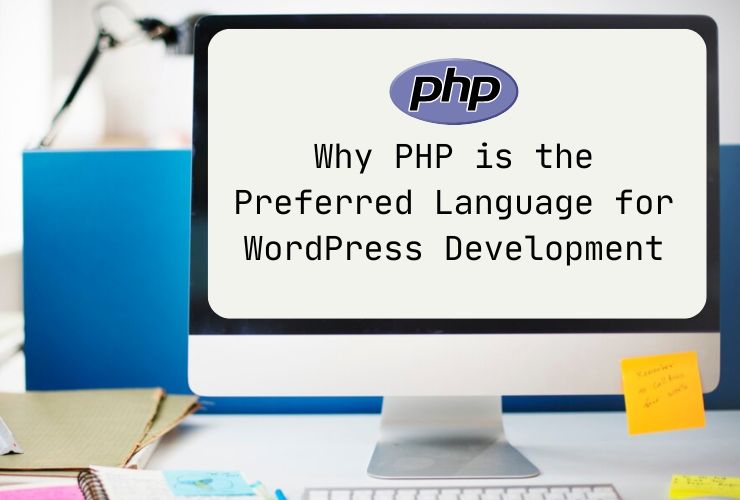In today’s hyper-competitive eCommerce environment, your website is typically the first impression a potential customer has of your brand. And just like a physical store, first impressions count. A poor theme or an out-of-date one can drive users away before they even have a chance to view your products. On the other hand, a well-designed, user-centric theme built on NopCommerce not only captures attention — it engages users, encourages discovery, and ultimately, drives conversions.
But theme customization for your NopCommerce is not about flair or looks alone. It’s a strategic endeavor that, if executed correctly, aligns the functionality and appearance of your website with your goals and customers’ expectations.
Whether you are a small business looking for a professional edge or a large business looking to optimize user flow, understanding how to customize your NopCommerce theme the right way is an important differentiator. Here’s how you should do it with purpose, focus, and velocity in mind.
1. Know Your People First
Before jumping into design or functional changes, take a moment to decide who you’re designing for. Every design decision should be in the best interest of your audience’s preferences and pet peeves.
Think about:
- User Demographics: Are your customers mostly millennials shopping on mobile or business professionals on desktops?
- Shopping Behavior: Do they desire streamlined checkouts or in-depth product comparisons?
- Tech Comfort Level: Will they need hand-holding or are they confident digital shoppers?
This epiphany is the basis for all intelligent customizations you’ll ever make. By building your choices around real user needs, you create a site that feels natural and intuitive, engaging users far more likely to linger and convert.
2. Choose the Right Base Theme
Your base theme is your starting point — and finding the right one is half the fight. NopCommerce includes a range of bundled themes, along with third-party themes that vary by functionality and design style.
When selecting a theme:
- Look for clean code and modern UI/UX practices.
- Ensure it’s lightweight and widely supported.
- Check if it’s responsive by default and simple to customize.
- Consider long-term — is this theme scalable to meet your future requirements?
Start out with a decent base theme so that you do not have to wrestle with the code in the future or restart the layout all over when you are implementing new features.
3. Choose a Clean, Simple Layout
Your layout decides the way users navigate your site. An untidy or chaotic layout pushes away visitors and irritates them. A straightforward and simple layout has the opposite effect — it creates trust, improves navigation, and allows visitors to locate things in a fast and convenient manner.
While arranging traditionally:
- Use generous white spaces to allow breathing room.
- Arrange products and categories sensibly.
- Keep the navigation bar free and in order.
- Ensure CTAs (Buy Now, Add to Cart, etc.) are clear in plain and bold.
Keep this in mind: on eCommerce sites, every click needs to have a reason – and your design should just direct the user’s eye toward that reason.
4. Make It Mobile-Responsive
No secret that mobile traffic trumps online shopping. If your NopCommerce theme doesn’t look good or perform well on smartphones and tablets, you’re losing more than half your potential customer base.
Good mobile responsiveness is:
- The design dynamically adapts to screen resolution.
- Menus and product catalogs are an easy tap and scroll away.
- Text reads easily without zooming.
- Images resize properly and don’t kill load times.
- Test your theme on various devices and browsers regularly while customizing. Mobile optimization is no longer a choice — it’s expected.
5. Customize Colors, Fonts, and Branding
Visual consistency is a silent brand ambassador. Each piece of it — from the color scheme to font options — works to how your store is experienced by users.
Some tips on good branding:
- Apply your brand’s main and secondary colors to produce consistency across pages.
- Restrict your usage of one or two font families to express a professional tone.
- Embody your brand voice — modern, elegant, playful, or bold — in each and every aspect of the design.
- Don’t neglect to refresh button styles, header sections, and icons to align with your overall brand tone.
- A well-branded theme makes your site feel more professional and trustworthy — inviting repeat visits.
6. Optimize for Speed and Performance
A beautiful theme is useless if it takes an eternity to load. Page speed is a key search engine ranking factor — and even more importantly, a user satisfaction factor.
Here’s how to maintain strong performance:
- Compress images in new formats like WebP.
- Minify JavaScript and CSS to maintain lean code.
- Lazy load images below the fold.
- Leverage browser cache and a solid Content Delivery Network (CDN).
Monitor speed and performance at all times using tools such as Google PageSpeed Insights or GTmetrix. Customization always has to hold form and function.
7. Utilize Widgets and Extensions Wisely
NopCommerce flexibility is a result of being extensible — you can add features and modules as a requirement occurs. Just be smart.
When adding widgets or plugins:
- Install only what actually improves user experience.
- Check extensions from time to time to ensure compatibility with your current theme and NopCommerce version.
- Don’t install several plugins that accomplish something similar.
- Too many extensions will bloat your UI and slow down performance. Quality matters; be selective.
8. Maintain Accessibility in Mind
Your site must be available to everyone — including visually and motor-impaired users. Not only does accessibility expand your audience, but it also signals your commitment to diversity.
Accessibility tips:
- Use alt text on all images.
- Add adequate contrast between text and background.
- Make interactive items accessible with the keyboard.
- Use semantic HTML tags for headings, lists, and links.
Applying accessibility best practices helps SEO as well as legal accessibility compliance.
9. Test, Tweak, and Iterate
Theme customization is not a set-it-and-forget-it process. After making changes, gather data and observe user behavior.
Use:
- Google Analytics to measure bounce rates and conversion rates.
- Hotjar or Microsoft Clarity to produce heatmaps and click maps.
- A/B testing software to test different layouts or color schemes.
Small tweaks based on real data can actually change the game when it comes to user interaction with your store. Test and optimize continually to see long-term success.
10. Collaborate with a NopCommerce Expert
If your store requires extreme customization levels or if you don’t have in-house development tools, contact an expert. A NopCommerce development specialist can:
- Design an entirely custom theme from scratch.
- Improve security, scalability, and performance.
- Save time and avoid typical mistakes.
- Ensure your theme is future-proof upgrade-safe.
A good partner will listen to your vision, understand your brand, and deliver a polished, professional result that is an expression of your company vision.
Last Thoughts
Tweaking your NopCommerce theme correctly is not just a cosmetic upgrade — it’s a powerful way to build a better user experience, conversions, and a brand that customers remember.
By putting your users first, being true to your brand, and fine-tuning every aspect for performance and accessibility, you build an eCommerce site that looks stunning and functions flawlessly on all devices.
Whether you’re upgrading your current store or building one from the ground up, take the time to get it right — your customers (and your profit margins) will thank you for it.
Contact Us Today









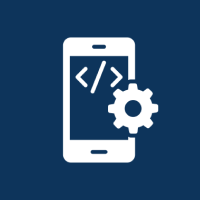



 Database Development
Database Development








